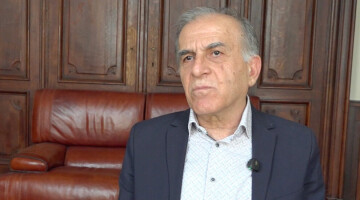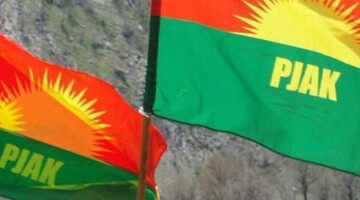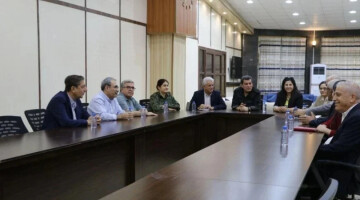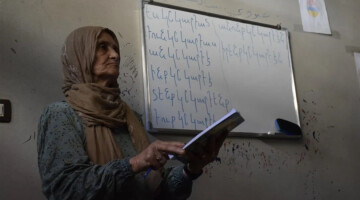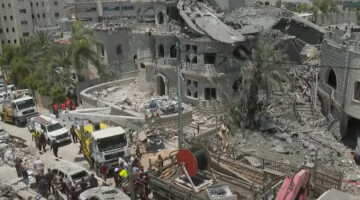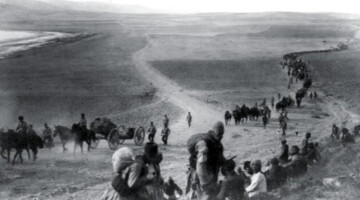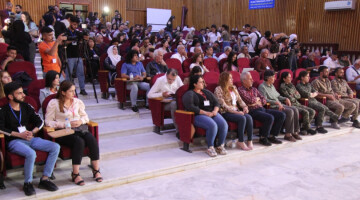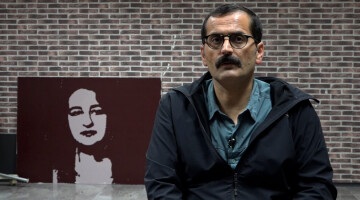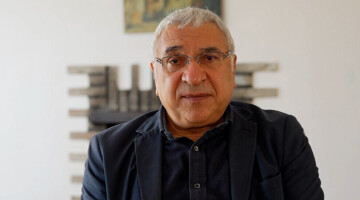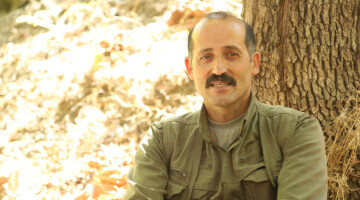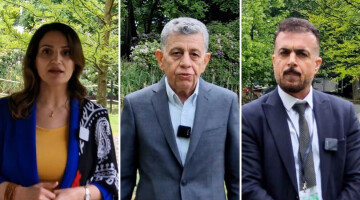The government had not taken any precautions against earthquakes, and when it happened, on 6 February 2023, they did not intervene quickly, effectively and adequately, adding death and disaster to the devastating seism.
A year has gone by, and the government failed to take the necessary steps, moreover, it has turned the post-earthquake construction into economic and political profit, and is blackmailing the population using the upcoming local elections as it did before, with the general elections.
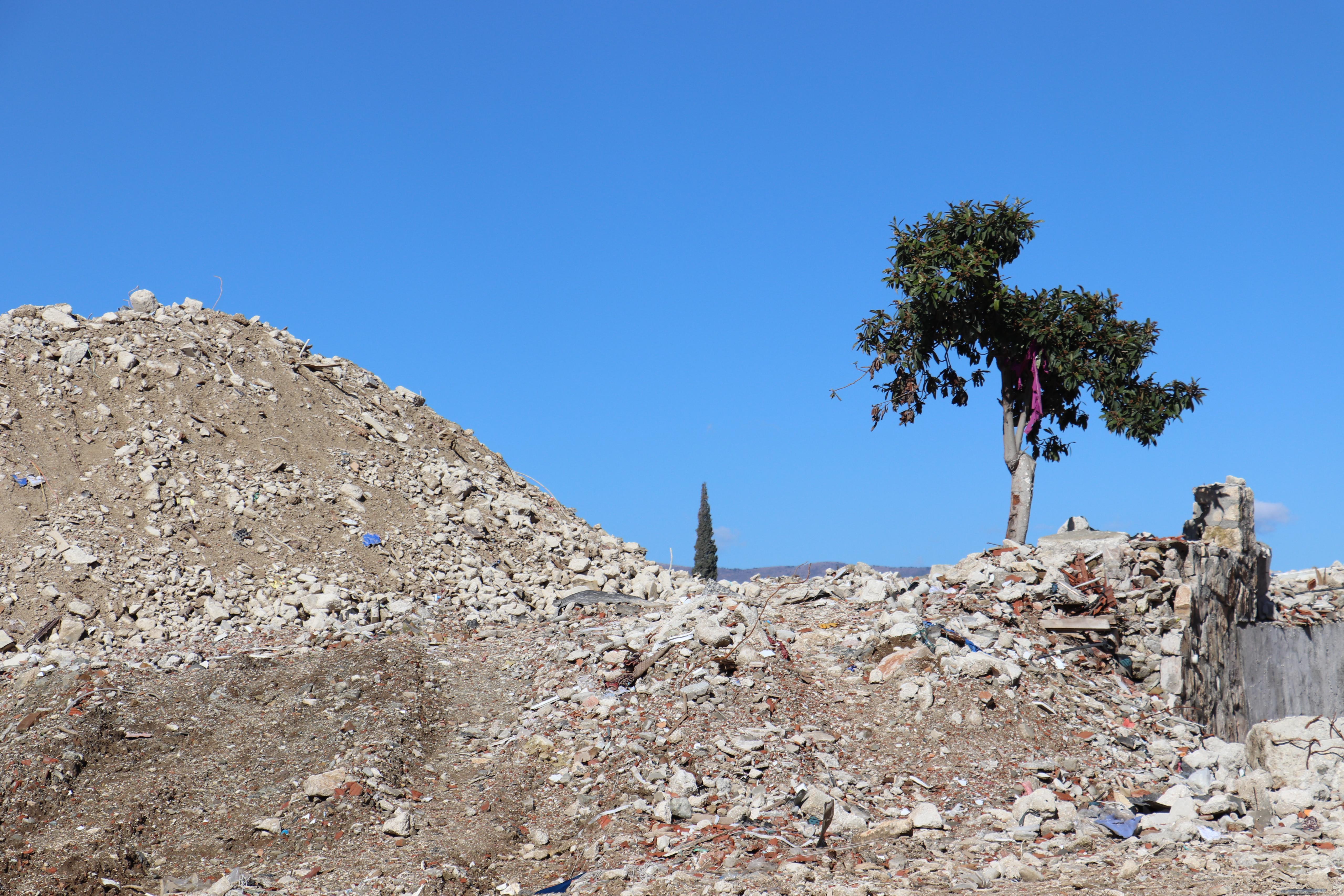
A year has gone by since the earthquakes of magnitude 7.8 in Bazarcix (Pazarcık) district of Maraş and magnitude 7.6 in Elbistan district. According to official figures, more than 55 thousand people lost their lives in the affected cities of Hatay, Maraş, Adiyaman (Semsûr), Malatya, Kilis, Osmaniye, Adana, Antep (Dîlok), Amed and Urfa (Riha), but it is known that the real loss is much higher. Millions of people had to migrate from the cities they lived in. Citizens left behind after the earthquake are struggling to survive.
According to the data of the Ministry of Environment, Urbanization and Climate Change, a total of 36 thousand 932 buildings were completely destroyed, 23 thousand 883 in Hatay, 7 thousand 295 in Maraş, 5 thousand 826 in Adiyaman, 4 thousand 19 in Malatya, 3 thousand 805 in Antep. 311 thousand buildings became unusable.
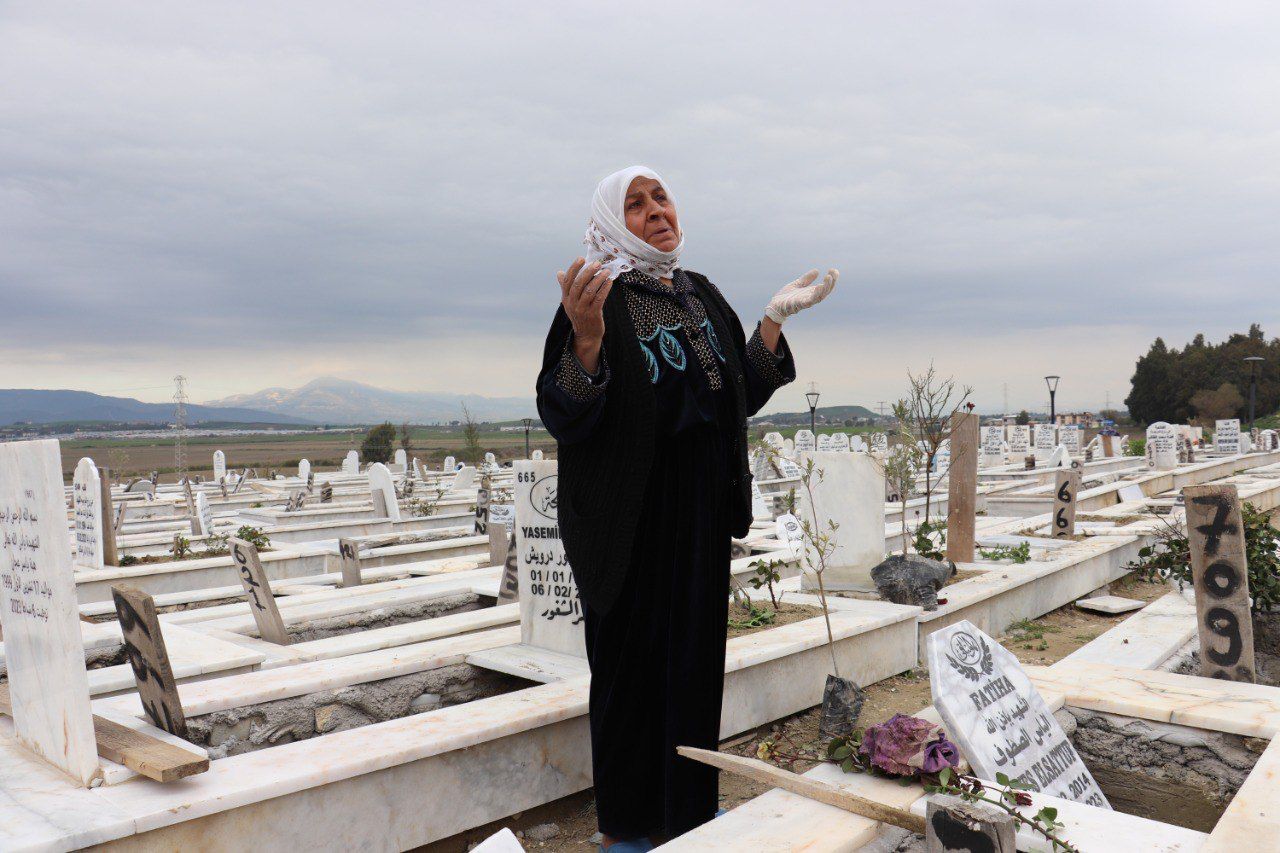
Promises made and not kept
The government made many promises to the earthquake-affected people, but none of these promises were kept. The government promised that 319 thousand houses would be built within a year. In Hatay alone, in the first year of the earthquake, 200 thousand people continued to stay in container cities and 5 thousand people continue to stay in tents. In the first year of the earthquake, the number of promised houses delivered did not exceed 20 thousand.
One of the promises made to the earthquake region was that life would be restored and a certain amount of aid would be provided to tradesmen and citizens. Later, the promises that were announced as grants turned into interest-free and late-payment loans. In the aid announced to be given as a grant and a loan, the state imposed conditions on those who could not pay their loan debts to seize their homes and workplaces.
As for health, which was the issue that attracted the most attention after the earthquake, the state did not fulfil almost any of its promises. The lack of toilets in the container settlements distributed in many regions and the lack of work to bring clean water have led to an increase in infectious diseases, especially scabies, and even the simplest diseases have fatal consequences.
In addition, it was revealed that with the reserve law enacted for the earthquake zone, even the houses of citizens whose buildings were intact can be demolished. With this law, citizens became homeless and took on debt to replace the demolished house, with heavy consequences.
Missing people and missing children
According to the figures provided by the Association for Solidarity with Earthquake Victims and Relatives of the Missing (DEMAK); 147 people, including 36 children, are still missing in 11 provinces where the earthquake affected. This number is that of the children DEMAK can detect, but it is stated that the real number is higher. An exact number has not been given by the Ministry of Family and Social Services to date. It came to the fore that some children were kidnapped and sold, while others were 'entrusted' to religious sects.
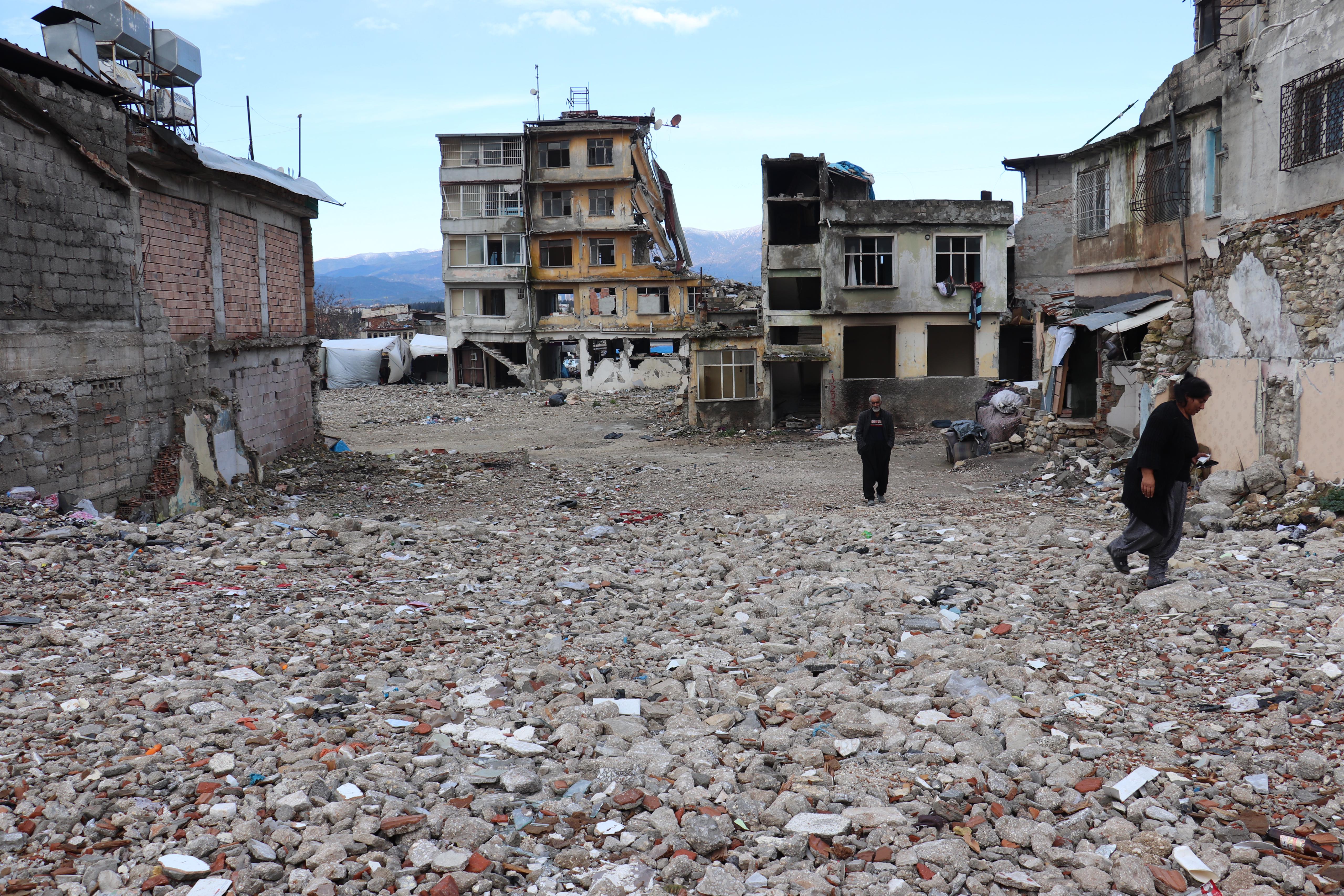
Child Rights Expert Hatice Kapusuz stated that, according to the data kept by the Civilian Coordination of Disaster Children since the first days, 670 children were either declared missing or recorded as unaccompanied.
Hatice Kapusuz said: “After the elections, the ministry stopped disclosing regular data. There is no reliable data regarding the current situation. The number of casualties depends on the magnitude of the earthquake, but it is also the result of lack of inter-ministerial coordination, failure to consider child safety in emergency action plans and failure to intervene quickly. Not putting child safety at the center had vital consequences. The public administration has not provided transparent and adequate information for a long time."
After the first week of the earthquake, photographs and videos appeared in the newspapers showing that some of the earthquake victims, especially children, went to the village of Menzil in Antep, where the Menzil sect was organized.
The fact that there are still areas in the earthquake zone where the debris has not been removed and that images of human parts found during debris removal were thrown away along with the debris was proved by videos on social media, strengthening the claims that even the deaths of some of the missing were not recorded.
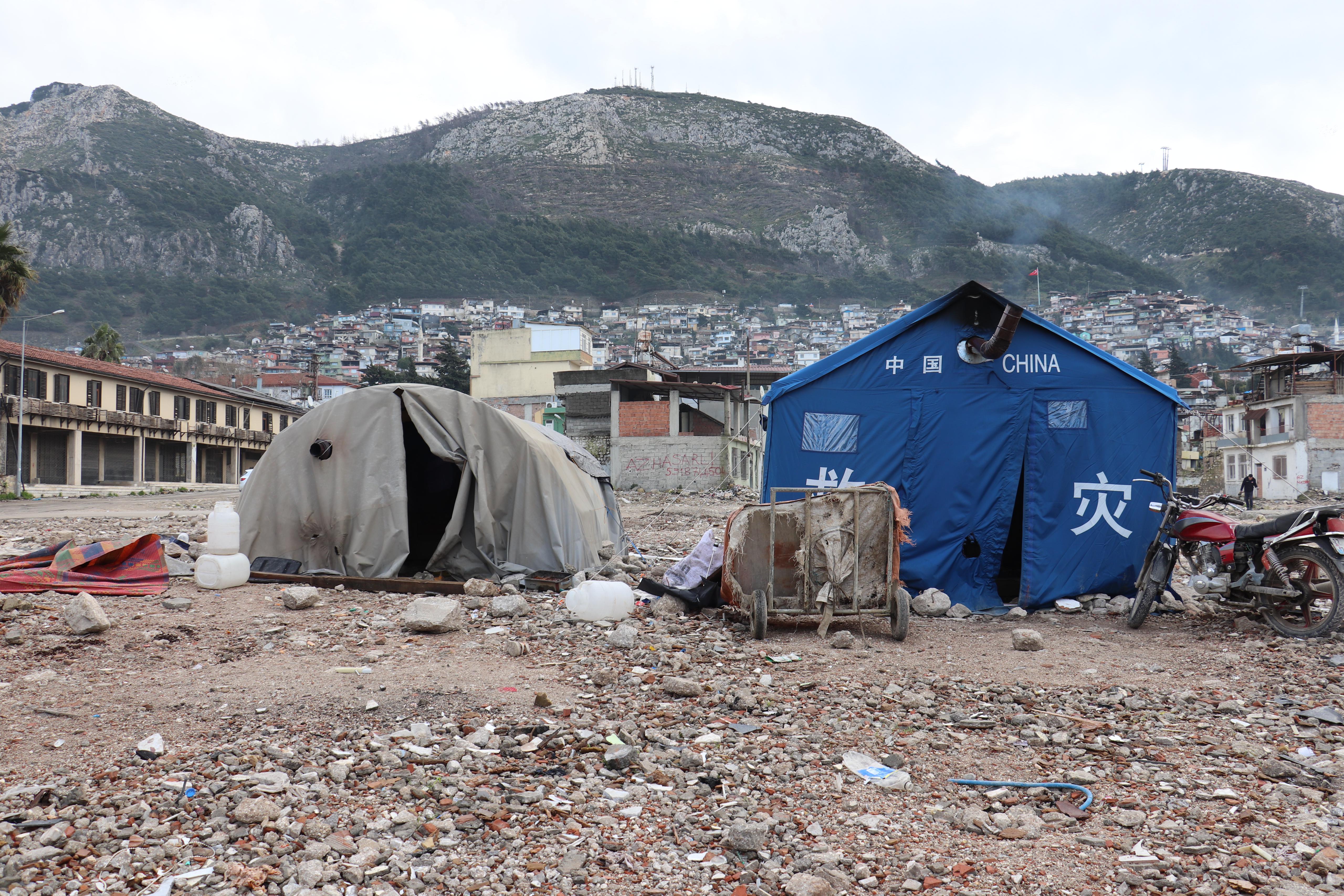
Syrians living unregistered
Another group, other than children, whose data were not kept during the earthquake and were not even presented as missing, are the refugees living unregistered in the provinces hit by the earthquake. No statement was made regarding the fate of the bodies of thousands of refugees who came illegally and had no official record.
Taha Elgazi, Spokesperson of the Refugee Rights Platform, said in his statement a month after the earthquake that the number of Syrian refugees who lost their lives was 6 thousand 700.
Discrimination in the earthquake zone
The fact that the regions where the greatest destruction took place was where Kurds, Alevis and Arab Alevis lived, brought about racist and discriminatory approaches. Discrimination, especially by the AKP government and the groups and sects supported by the government, was also reflected in the newspapers at the time. The fact that Kurdish and Alevi living areas in the earthquake zone where aid was almost never delivered or where aid arrived very late also showed the extent of this discrimination. There is still no complete improvement in the living spaces of Alevis and Kurds. Apart from Kurds and Alevis, refugees also suffered from the discriminatory and racist policies during the earthquake.
Ecological destruction
Another destruction was the ecological onedue to unplanned urbanization and plunder of nature. No precautions were taken to remove the debris after the earthquake, and the health problems of the survivors began to increase with the problem of asbestos coming out of the buildings. Especially in Hatay, where the most destruction occurred, dust clouds containing asbestos had to cover the city for days during the demolitions and people were forced to live by breathing that dust.
Mass graves
Many bodies were buried in mass graves in cities such as Adiyaman and Hatay, where the greatest destruction of the earthquake was experienced. People were not allowed to be buried according to their beliefs. Even though no authorized institution, especially AFAD, has accepted the mass graves to date, the images and news in social media confirmed the mass graves.
Non-coming aid and solidarity
Apart from the state providing aid especially to Sunni regions, bypassing even the houses and streets where Alevis live and delaying the aid, aid trucks coming from Alevi institutions, revolutionary structures and HDP were often confiscated and handed over to AFAD after being kept at the provincial borders for days. The government tried to prevent the public, non-governmental organizations and HDP from providing aid to the regions that it did not help.
Problems not solved in the earthquake area
A year has passed since the earthquake. Promises were not kept. People are still living in containers and tents. In its statement about the earthquake region, the Turkish Medical Association (TTB) stated that clean water is not available, the hygiene problem is getting worse, epidemic diseases are increasing, and children's development is negatively affected. TTB emphasized that psychological support is not provided, it is difficult to reach a doctor, and most families postpone their health problems because they are struggling to survive.







